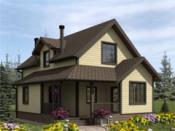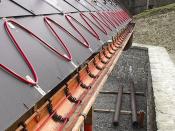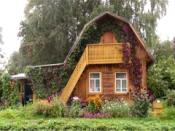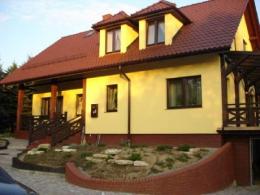Search
Login
Types of decorative plaster
By the appearance of the house, they judge its owners. Since not only our mood, but also the general perception of the estate depends on the appearance of the house. When decorating a home, a person has a real opportunity to show taste and personality. In this review, we will touch on modern facade decoration systems.
Content
- Types of decoration of the facade of buildings
- Advantages of using plaster in the decoration of the facade
- Brief description of the type of plaster
Types of decoration of the facade of buildings
facade siding
Demand creates supply, almost every modern person seeks to have his own plot and own house. Many people want the house to be beautiful not only inside, but also outside. In the construction market there is a huge selection of finishing materials for facades, which can be divided into several groups.

Garden houses have been lined with clapboard since ancient times, now houses are upholstered with vinyl siding, thereby creating the illusion of a quality wooden house. Of course, each of these materials has its own advantages, and a smart buyer is always guided by the principle: the ratio of price and quality should be optimal.
It should be borne in mind that it is good to apply the siding cladding option in rural areas and given the factor of aesthetic compatibility, this cladding option is good for buildings of no more than two floors.
facade decoration with hinged frame
There is another way to finish the facade - it is based on the principle mounted frame.

This method has many variations, it is often used in urban construction and when warming buildings. In some cases, a well-chosen design of the curtain wall can change the appearance of the house beyond recognition.
stucco facade
But the richest, in terms of its capabilities, turned out to be the old traditional version of plastering the outer surface of the house, with further coloring with compounds resistant to aggressive environmental influences. It would seem that there may be something new in the traditional finish.
Consider the new features:
firstly, the paint can be tinted in any color;
secondly, the ability to combine the finish with the insulation system (for example, plates from extruded polystyrene foam);
thirdly, a variety of new generation decorative plasters give a great opportunity to use textured surfaces to obtain an original, individual look of the house.
Using texture, it is possible to achieve a variety of color depths, highlight the volume of individual sections due to the play of color and light. In addition, the texture background is able to ennoble any composition. Using the richness of the color palette for decorative plasters, you can create a unique look for your home, making your dream a reality.
Advantages of using plaster in the decoration of the facade
In the building materials market, all types of building plasters are presented: mineral (lightweight), polymer (based on synthetic resins), silicate and silicone. Important criteria when choosing plasters, especially when performing outdoor work, is the high quality, reliability and durability of the coating.
Since during operation, coatings and plasters are actively exposed to raindrops and moisture, in order to prevent water from entering the coating, plasters must have water-repellent properties (capillary absorption characterizing this process). In the walls of any building, a certain amount of moisture is always present, it can be both structural moisture and moisture accumulated as a result of diffusion of water vapor.
Based on the above, for the smooth evaporation of moisture from the walls, the plaster coating must have high vapor permeability. The vapor permeability of plasters can be estimated using the equivalent diffusion thickness of the air gap. Due to our climatic conditions, in winter, with sharp fluctuations in air temperature, moisture accumulates in the wall, which evaporates rapidly in summer.

Accordingly, waterlogging leads to a decrease in thermal protection, the destruction of walls, the appearance of fungi and mold. Hence the conclusion - decorative plasters should not be an obstacle to the release of water vapor outside. It is necessary to observe the rule that the amount of moisture removed from the walls due to evaporation should always be greater than the possible amount of moisture accumulated due to various reasons.
An approximate indicator of this process is the drying rate of the plaster. It is necessary that all materials used in the decoration of the facade are environmentally friendly.
Brief description of the type of plaster
lightweight mineral plaster

This is a dry mixture, white cements are used as an astringent. The introduction of lightweight filler can significantly reduce material consumption and reduce the cost of work. Such plasters are divided into smooth and textured. The surface structure is uniformly rough or grooved. To give water-repellent properties, special polymer additives are used.
polymer plasters
Produced on the basis of synthetic resins, as a binder, in its composition, has an aqueous dispersion of acrylic resin. The hardening process occurs as a result of the evaporation of water and the adhesion of polymer macromolecules.
The use of polymer plasters allows tinting in volume, similar to water dispersion paints. They are characterized by high strength, good vapor permeability, water-repellent properties.
silicate plasters
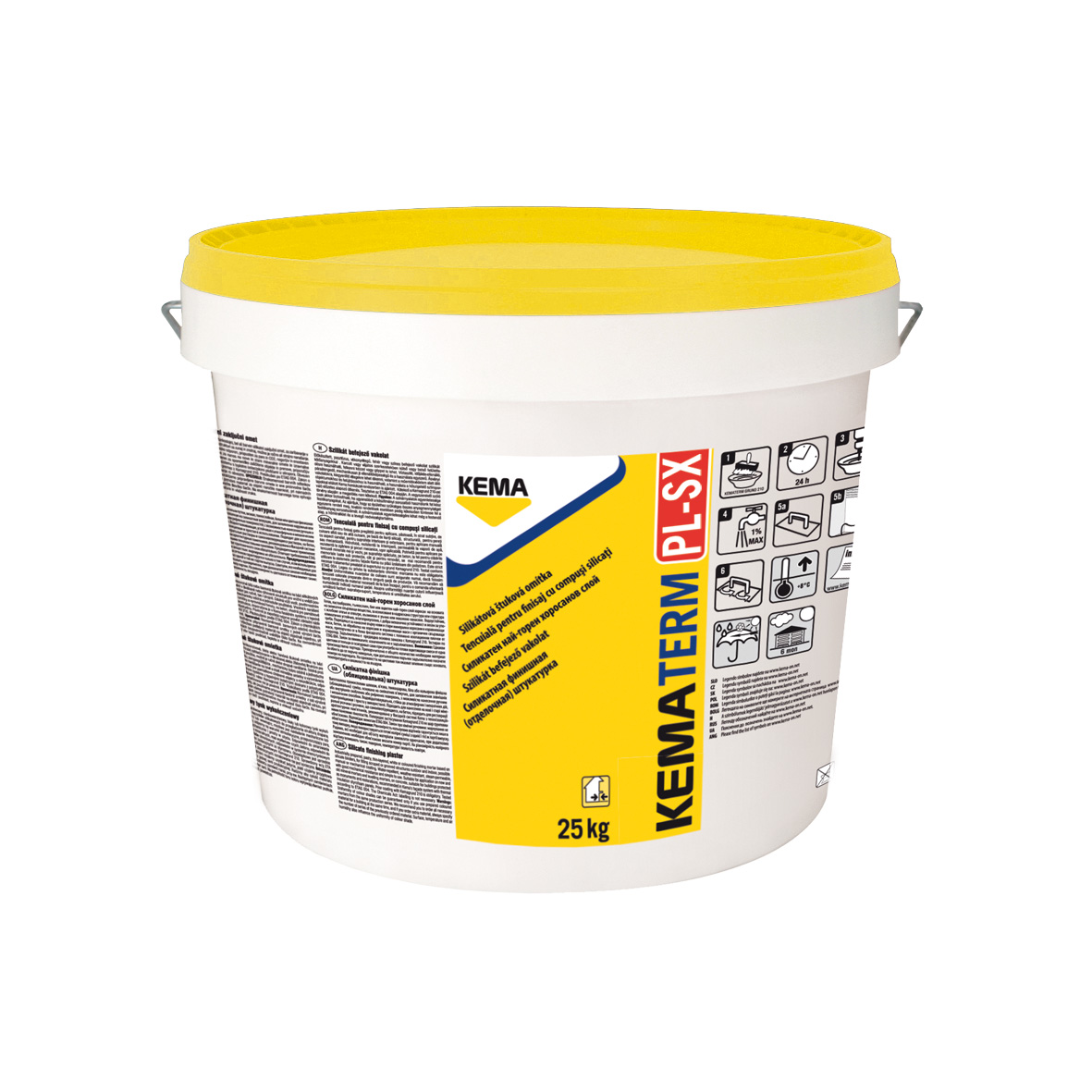
The binder of this type of plaster is liquid potassium glass. The structure is uniformly rough or furrowed. Can be tinted in volume. It has high strength, good vapor permeability, recommended for application on the surface containing lime.
silicone plasters

The binder of such plasters is an aqueous dispersion of silicone resin. Due to the fact that silicon, table salt and oil are the raw materials for silicone, these plasters possess the properties of both mineral and polymer plasters based on synthetic resins and are the most modern and high-quality finishing materials.
The use of such plasters allows achieving extremely high strength, vapor permeability, water, dust and dirt-repellent properties. The structure is uniformly rough or furrowed.
